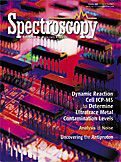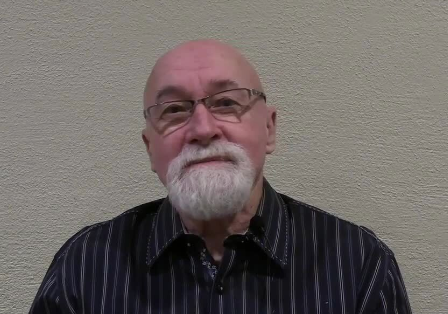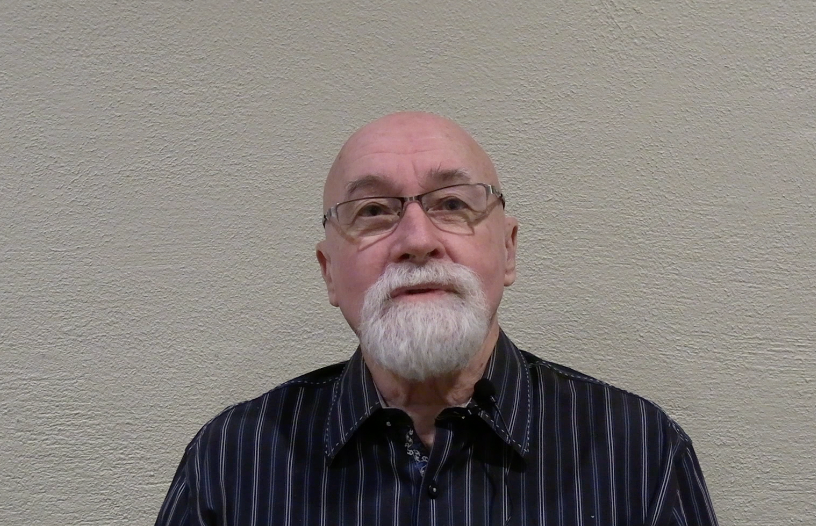The Benefits of Dynamic Reaction Cell ICP-MS Technology to Determine Ultratrace Metal Contamination Levels in High-Purity Phosphoric and Sulfuric Acid.pdf
This study investigates the applicability of a quadrupole-based ICP-MS fitted with a dynamic reaction cell (DRC) to analyze high-purity phosphoric and sulfuric acid used in the semiconductor industry. It compares the DRC approach with traditional ICP-MS background reduction techniques to compensate for phosphorus- and sulfur-based interferences and presents data that suggests that the DRC technology can reach the next generation of semiconductor purity levels for these chemicals.
How Do We Improve Elemental Impurity Analysis in Pharmaceutical Quality Control?
May 16th 2025In this final part of our conversation with Harrington and Seibert, they discuss the main challenges that they encountered in their study and how we can improve elemental impurity analysis in pharmaceutical quality control.
The Role of LIBS in ChemCam and SuperCam: An Interview with Kelsey Williams, Part III
May 2nd 2025In this extended Q&A interview, we sit down with Kelsey Williams, a postdoctoral researcher at Los Alamos National Laboratory (LANL), who is working on planetary instrumentation using spectroscopic techniques such as laser-induced breakdown spectroscopy (LIBS) and laser ablation molecular isotopic spectrometry (LAMIS). In Part III, Williams goes into detail about ChemCam and SuperCam and how LIBS is used in both these instruments.

.png&w=3840&q=75)

.png&w=3840&q=75)



.png&w=3840&q=75)



.png&w=3840&q=75)









